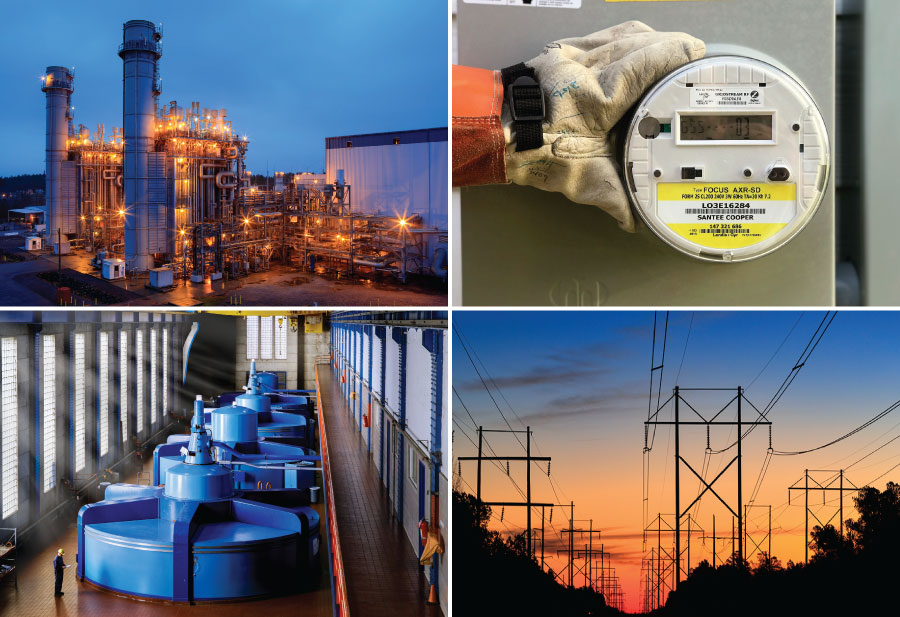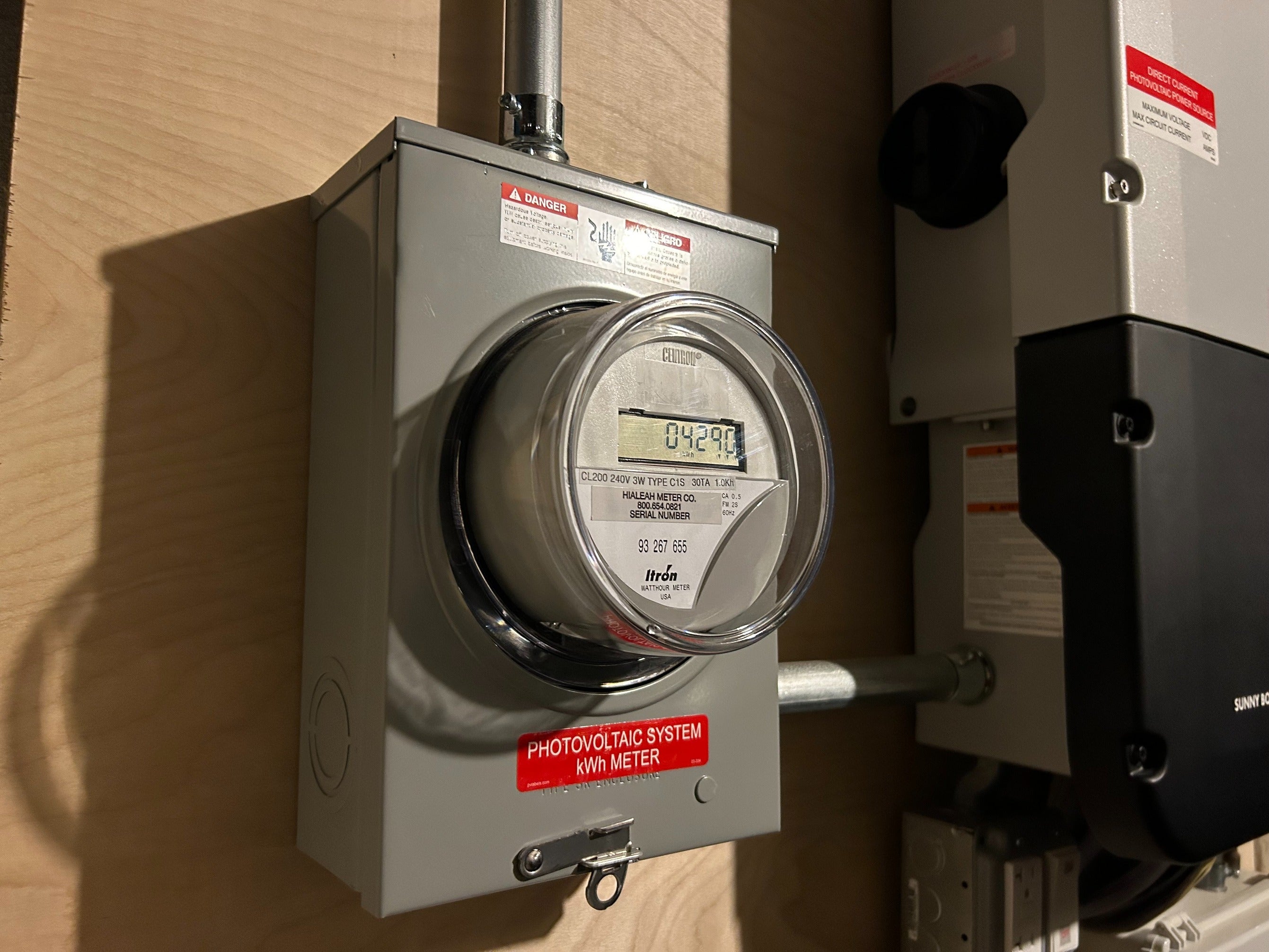Report on Electric Vehicle Market Growth in the Baltic States and Alignment with Sustainable Development Goals
A significant increase in the adoption of electric vehicles (EVs), comprising battery-electric vehicles (BEVs) and plug-in hybrids (PHEVs), has been observed across the Baltic states of Latvia, Lithuania, and Estonia. This transition towards electrified transport is a critical component of the region’s commitment to the United Nations Sustainable Development Goals, particularly SDG 7 (Affordable and Clean Energy), SDG 11 (Sustainable Cities and Communities), and SDG 13 (Climate Action). The growth is propelled by a combination of government incentives, evolving infrastructure, and a strategic push for energy independence, positioning the Baltic region as a notable contributor to Europe’s green transition.
Regional Analysis of EV Uptake and SDG Alignment
Latvia: Leading the Transition to Sustainable Transport
Latvia has demonstrated substantial progress in decarbonising its transport sector, directly contributing to global climate objectives.
- Between January and August 2025, EVs constituted 18.4% of the nation’s light-vehicle market, a significant increase from 10% during the same period in the previous year.
- PHEVs have shown remarkable popularity, with 1,766 units registered, surpassing the 1,000-delivery mark for the first time.
- BEV registrations reached 1,076, indicating a trajectory to surpass previous annual records.
These developments are underpinned by policies that align with key Sustainable Development Goals:
- SDG 13 (Climate Action): The Latvian government has actively promoted the shift away from internal combustion engine (ICE) vehicles through a robust incentive programme. This includes €11 million in total funding, with purchase grants of €4,500 for BEVs and €2,250 for PHEVs. Furthermore, EVs are exempt from registration tax, while the tax for ICE vehicles is set to increase, directly targeting a reduction in transport emissions.
- SDG 11 (Sustainable Cities and Communities): By encouraging the adoption of zero and low-emission vehicles, these policies contribute to reducing urban air and noise pollution, creating healthier and more sustainable living environments.
- Future Outlook: EV sales in the passenger car segment are forecast to grow by 27.5% in 2026, reinforcing Latvia’s commitment to EU-wide CO₂ regulations and long-term climate targets.
Lithuania: Infrastructure Development and Policy Support
Lithuania’s strategy focuses on a combination of financial incentives and infrastructure development, creating a comprehensive ecosystem for sustainable mobility.
- EVs accounted for 15% of the light-vehicle market between January and August 2025, up from 9.5% in the prior year.
- PHEV registrations surged by 77.1% compared to the 2024 total, representing a 9.2% market share in the first eight months of 2025.
- BEV registrations are on course to exceed 2024 levels.
Lithuania’s approach demonstrates a strong commitment to multiple SDGs:
- SDG 9 (Industry, Innovation, and Infrastructure): Lithuania leads the Baltic region in public EV charging infrastructure, with 1,618 locations. This investment is fundamental to building resilient and sustainable infrastructure that supports the transition to clean energy.
- SDG 12 (Responsible Consumption and Production): The introduction of green tax reforms, such as the Corporate Income Tax Act (CIT), encourages sustainable corporate behaviour by providing significant tax deductions for the procurement of zero-emission vehicles (ZEVs).
- SDG 7 (Affordable and Clean Energy): Generous subsidies, including €5,000 for individuals and up to €4,000 for companies, alongside road tax exemptions, make clean energy transport more accessible and affordable for the public.
- Future Outlook: A projected year-on-year increase of 36.5% in EV passenger car sales by the end of 2025 highlights the effectiveness of this integrated policy and infrastructure strategy.
Estonia: Navigating Economic Challenges with a Focus on Sustainability
Despite facing economic headwinds, including high inflation, Estonia has maintained its focus on sustainable transport, resulting in a growing market share for EVs.
- While the total light-vehicle market contracted, the EV market share for passenger cars increased to 17.3% between January and August 2025, up from 10.2% in the same period last year.
- In absolute terms, 1,262 EVs were registered, with PHEVs (10.2% share) being more prevalent than BEVs (7.1% share).
Estonia’s progress illustrates a resilient commitment to sustainability goals:
- SDG 13 (Climate Action): The increasing market penetration of EVs, even amidst a declining overall market, signals a structural shift towards low-carbon transport. The Motor Vehicle Tax Act, introduced in January 2025, provides tax reductions for EV owners, reinforcing the national climate agenda.
- SDG 11 (Sustainable Cities and Communities): By incentivising the switch to EVs, the government is actively working to mitigate the environmental impact of transportation in urban areas.
- Future Outlook: EV registrations are forecast to grow by 42.8% year-on-year in 2026. This anticipated expansion, supported by tax exemptions and tightening EU CO₂ standards, demonstrates a strong potential for Estonia to accelerate its contribution to regional and global sustainability targets.
Conclusion: The Baltic States’ Contribution to Global Sustainability Goals
The Baltic states are collectively making significant strides in the adoption of electric vehicles. Through targeted government policies, financial incentives, and infrastructure investment, Latvia, Lithuania, and Estonia are not only transforming their domestic transport sectors but also actively contributing to the achievement of the UN Sustainable Development Goals. This regional trend serves as a compelling case study for how coordinated policy action can accelerate the transition to a sustainable, low-carbon future.
- The use of fiscal policy to favour EVs over ICE vehicles directly supports SDG 13 (Climate Action).
- Investment in charging infrastructure, as seen in Lithuania, is critical for achieving SDG 9 (Industry, Innovation, and Infrastructure) and enabling SDG 7 (Affordable and Clean Energy).
- The cumulative effect of increased EV adoption will lead to improved urban air quality and reduced noise pollution, advancing SDG 11 (Sustainable Cities and Communities).
Analysis of Sustainable Development Goals in the Article
1. Which SDGs are addressed or connected to the issues highlighted in the article?
- SDG 7: Affordable and Clean Energy – The article’s focus on the transition from internal-combustion engine (ICE) vehicles to electric vehicles (EVs) directly relates to promoting cleaner energy sources in the transport sector. The mention of forging “domestic energy independence” also aligns with this goal, as it involves shifting energy consumption patterns.
- SDG 9: Industry, Innovation and Infrastructure – The development of “charging infrastructure” is a critical theme discussed for all three Baltic states. The article explicitly compares the number of public charging locations, highlighting the importance of building sustainable and resilient infrastructure to support the EV transition.
- SDG 11: Sustainable Cities and Communities – By promoting the uptake of EVs, which produce zero tailpipe emissions, the policies and market trends discussed contribute to improving air quality and reducing the environmental impact of transport in urban and populated areas, a key aspect of sustainable communities.
- SDG 12: Responsible Consumption and Production – The article details numerous government incentives, such as purchase grants, tax exemptions, and scrappage bonuses. These policies are designed to encourage consumers and corporations to choose more sustainable products (EVs) over traditional ones (ICE vehicles), thereby promoting responsible consumption patterns.
- SDG 13: Climate Action – The entire push towards electrification in the automotive sector is a core strategy for climate change mitigation. The article mentions that market dynamics were influenced by “stricter EU-wide CO₂ emission standards and impending 2025 emission targets,” which are direct policy actions to combat climate change by reducing greenhouse gas emissions from transport.
2. What specific targets under those SDGs can be identified based on the article’s content?
- Target 7.3: By 2030, double the global rate of improvement in energy efficiency. The shift to EVs, which are inherently more energy-efficient than ICE vehicles, directly contributes to this target. The article’s data on rising EV market shares in Latvia, Lithuania, and Estonia demonstrates progress in adopting more energy-efficient transport technology.
- Target 9.1: Develop quality, reliable, sustainable and resilient infrastructure… to support economic development and human well-being. The article’s discussion and comparison of EV charging infrastructure across the Baltic states (“Lithuania has a total of 1,618 public EV charging locations. This is compared to 1,180 in Estonia and 1,172 in Latvia”) directly relates to the development of sustainable infrastructure needed for an EV ecosystem.
- Target 11.6: By 2030, reduce the adverse per capita environmental impact of cities, including by paying special attention to air quality… The adoption of EVs, as detailed in the article, is a key measure to reduce transport-related air pollution in cities, thus contributing to this target.
- Target 12.c: Rationalize inefficient fossil-fuel subsidies that encourage wasteful consumption… While the article focuses on the inverse—providing subsidies for clean alternatives—the policies described serve the same underlying goal. The incentives, such as Latvia’s “subsidy levels at €4,500 for BEVs,” and tax reforms, like Estonia’s “Motor Vehicle Tax Act,” are fiscal tools used to reshape consumption patterns towards sustainability.
- Target 13.2: Integrate climate change measures into national policies, strategies and planning. The article provides clear examples of this integration. Policies like the “stricter EU-wide CO₂ emission standards,” Latvia’s increased funding for EV adoption, and Lithuania’s “green tax reforms” are all national-level strategies designed to mitigate climate change by promoting electric mobility.
3. Are there any indicators mentioned or implied in the article that can be used to measure progress towards the identified targets?
- Share of EVs in new vehicle registrations: This is a primary indicator used throughout the article to measure the adoption of clean energy technology in transport. Specific data points include EVs accounting for “18.4% of the nation’s light-vehicle market” in Latvia and the EV share increasing to “17.3%” in Estonia. This can be used to track progress for SDG 7 and SDG 13.
- Absolute number of EV sales and growth forecasts: The article provides specific sales volumes, such as “2,842 plug-in light vehicles were sold in the country in the eight months” in Latvia. It also includes growth forecasts, such as “EV sales in Latvia’s passenger car segment alone will grow by 27.5% in 2026.” These figures serve as direct indicators of the rate of transition.
- Number of public charging points: This is a direct indicator for SDG 9 concerning infrastructure development. The article explicitly states the number of charging locations for each country: “Lithuania has a total of 1,618 public EV charging locations. This is compared to 1,180 in Estonia and 1,172 in Latvia.”
- Value of financial incentives and subsidies: The article quantifies the government support available, which is an indicator for SDG 12’s focus on promoting sustainable consumption. Examples include Latvia’s “€4,500 for BEVs, and €2,250 for PHEVs” grants and Lithuania’s “€5,000 for individuals, as well as a €1,000 scrappage bonus.”
- Implementation of tax policies favoring EVs: The introduction of policies like Lithuania’s “Corporate Income Tax Act (CIT)” and Estonia’s “Motor Vehicle Tax Act” are qualitative indicators of national governments integrating climate action (SDG 13) into their fiscal planning.
4. Table of SDGs, Targets, and Indicators
| SDGs | Targets | Indicators |
|---|---|---|
| SDG 7: Affordable and Clean Energy | 7.3: Improve energy efficiency. |
|
| SDG 9: Industry, Innovation and Infrastructure | 9.1: Develop quality, reliable, sustainable and resilient infrastructure. |
|
| SDG 11: Sustainable Cities and Communities | 11.6: Reduce the adverse per capita environmental impact of cities. |
|
| SDG 12: Responsible Consumption and Production | 12.c: Rationalize inefficient fossil-fuel subsidies (by promoting clean alternatives). |
|
| SDG 13: Climate Action | 13.2: Integrate climate change measures into national policies. |
|
Source: autovista24.autovistagroup.com







